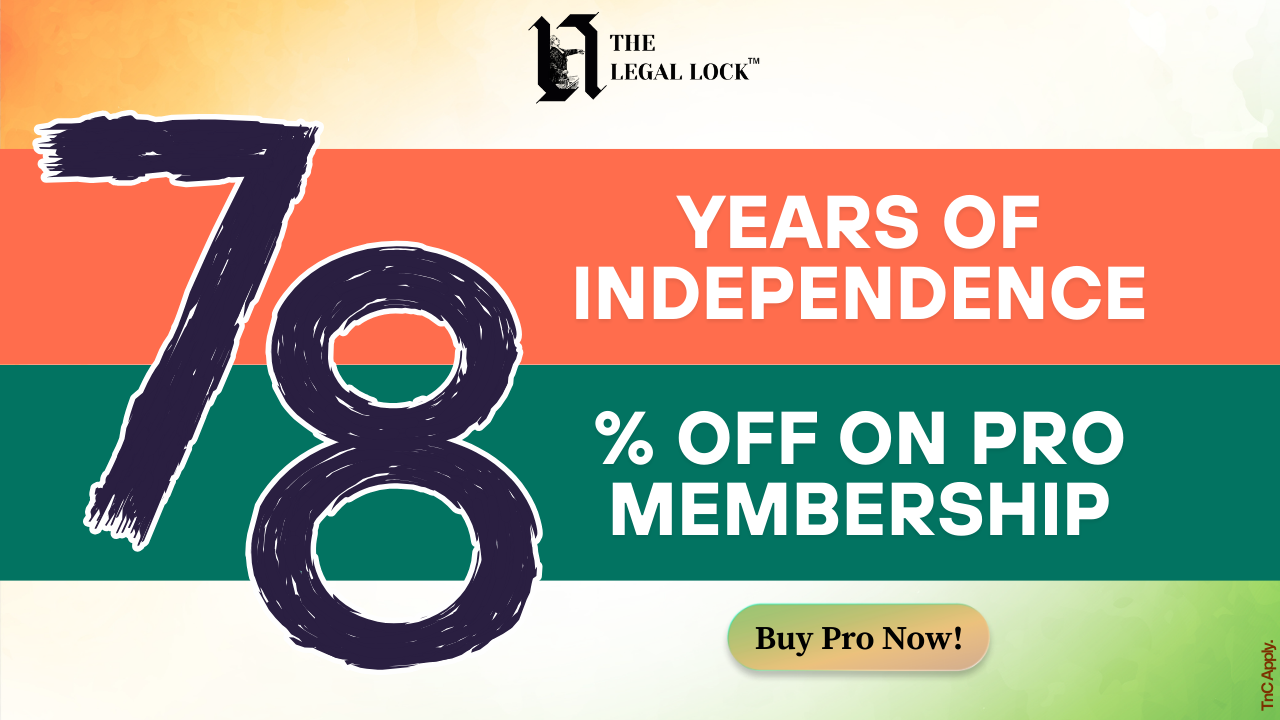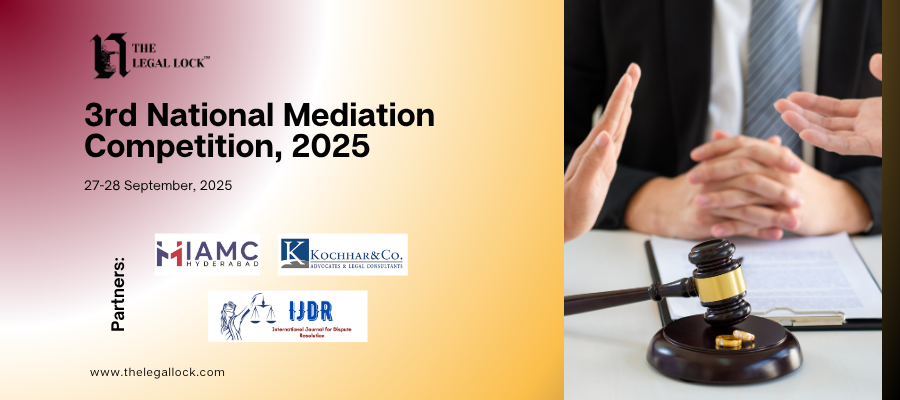SR Bommoi vs Union of India: Case Brief

Background
In 1989, when Shri S.R. Bommai was coordinating the Janata Dal organization in Karnataka, various individuals quit the gathering and started an issue blemish on the public authority’s expansive help inside the house. The main priest proposed to the lead representative that a get-together meeting be assembled to test the public authority’s solidarity in the House.
Be that as it may, the lead representative dismissed this advice. He likewise didn’t think about framing another administration, yet rather educated the president that since Shri Bommai had lost most of help in the House and no other gathering was in a situation to shape an administration, move would be made under Article 356. (1).
Accordingly, the president reported the choice in April 1989, the legitimacy of which was tested by Bommai before the Karnataka state and Supreme Court in a writ suit on a few grounds.
Accordingly, the degree of legal investigation is restricted to an appraisal of whether the unveiled grounds have any intelligent relationship to the proposed activity or declaration made. The courts may consider whether the declaration legitimized a fulfilment that was malefic for any reason or defended any unessential and disconnected premise.
For this situation, the President’s communicated fulfilment would not establish a fulfilment inside the importance of Article 356 of the Constitution. At long last, the court dismissed the request, expressing that the data remembered for the lead representative’s report couldn’t be considered insignificant and that the lead representative’s Bonafede couldn’t be addressed since his fulfilment depended on a reasonable assessment, everything being equal.
Also, the court confirmed that depending on the floor test was not compulsory nor required and was not a condition for returning the report to the President.
The Karnataka State Supreme Court held that a judgment made as per Article 356(1) isn’t trustworthy without legal survey. The President’s revisions as indicated by Article 356(1), which may fill in as a precondition for the announcement’s trouble, ought to be authentic and advocated by applicable realities and conditions.
(adsbygoogle = window.adsbygoogle || []).push({});Facts
The Janata Party, driven by S.R. Bombai, is the greatest party in the Karnataka state gathering and will frame the public authority. In September 1988, the Janata Party and the Lok dal joined to make the new Janata dal. The office was expanded in size with the expansion of 13 faculty. After two days, K.R. Molakery, the lawmaker of the Janata Dal, is injured inside the gathering. He introduced a letter to Governor Pekentanti Venkatasubbaiah purportedly endorsed by officials communicating their withdrawal of help for the office.
As an outcome, on April 19, the sovereign educated the president regarding a question with the administering party. He further noticed that as an outcome of the officials’ withdrawal of help, Prime Minister Bommai didn’t order a greater part in the gathering, and subsequently, it was in opposition to the constitution for the public authority to be driven by a priest, including the committee of clergymen. Therefore, he recommended that the president utilize his power under segment 356. (1).
In any case, the following day, seven of the nineteen officials that sent the letters to the lead representative reacted letters fighting that their marks had been found in inadequately introduced letters and affirming their help for the division.
Around the same time, the executive and his priest of equity met with the lead representative and advised him of the choice to gather the chamber, remembering a cutoff time to show the gathering’s trust for his speciality. He likewise sent a wire message to the president with a similar impact. Nonetheless, around the same time, on 20-4-1989, the lead representative presented another report to the president, taking note that the leader had lost confidence in most of the parliament and rehashing his past solicitation to act under Article 356. (1). That very day, the president lauded the temperances of the previous. Parliament then, at that point sanctioned the declaration, as needed by Article 356. (3).
(adsbygoogle = window.adsbygoogle || []).push({});A protest letter was submitted on April 26, 1989, testing the announcement’s legitimateness. An exceptional Karnataka high court 3-judge seat pulled out the application. On October 11, 1991, the president announced Article 356(1) dissolving the Mexican government and dissolving the assembly.
The decree expressed the president was satisfied with an administration report and other proof he got showing the issue happened when the public government neglected to follow sacred prerequisites. The government was ousted and broken up accordingly. On August 7, 1988, the president pronounced dependent on the lead representative’s report and disintegrated Nagaland’s organization hence finishing the law-making body. Guwahati High Court questioned the decree’s legitimateness. The Chief Justice division seat and Hansaria, J., pay attention to the solicitation. The seat differs in the activity and capacity of Article 74 of the Indian Constitution, which is the reason it alluded to a third appointed authority. Be that as it may, under the watchful eye of the third adjudicator could hear the case, India’s association, headed by Congress party Rajiv Gandhi, requested the court for an uncommon hearing and the case continued at the high court.
As a result of the Babri masjid’s annihilation, agitation happened all through the country. The government, driven by Shri P. V. Narasimha Rao of the Congress party, precluded the RSS, VHP, and Bajrang Dal from working. The government has excused the Madhya Pradesh, Rajasthan, and Himachal Pradesh BJP organizations.
Therefore, on December 15, 1992, the president proclaimed Article 356 nullifying the state legislatures of Madhya Pradesh, Himachal Pradesh, and Rajasthan. The journalists challenged the presentation’s legitimacy in the fitting high courts.
The Madhya Pradesh high court supported the request, yet composed claims from Rajasthan and Himachal Pradesh were removed and remanded to the high court. The entirety of the above petitions raised a similar lawful issue and accordingly was considered by the lofty high court. S.R. Bommai’s preliminary was defaced by discussion from the main seven day stretch of October 1933 until the last seven days stretch of December 1993.
Issues Raised
Regardless of whether the President, as per Art. 356(l) of the Constitution, has unlimited power to make Proclamations. The response to this question is dependent upon the accompanying: (a) Is the Proclamation reviewable by a court? (b) If certifiable, how expansive is the legal survey in this example? what’s more, (c) What does the expression “a circumstance has emerged in which the State’s Government can’t proceed incongruity with the arrangements of this Constitution” in Art. 356 (1) mean?
(adsbygoogle = window.adsbygoogle || []).push({});Petitioner’s Argument
That the burden of the President’s clout in the United States was mala fide, unacceptable, and totally political in nature. The simple truth that local area agitation or potentially occurrences of pyro-crime and plundering happened is deficient to legitimize building up against President’s position.
Moreover, the Union Government has not uncovered what extra huge data they got that affected the President’s choice. The Union Government was needed to unveil to the Court the material/data whereupon the necessary fulfilment was based, every one of the more so given that the actual announcements make no reference to such material. It is asserted that Article 74(2) doesn’t and can’t acquit the Union of India of this obligation.
Respondent’s Arguments
There is a distinction in the nature and extent of the force of legal audit in the authoritative law and the protected law. While in the field of managerial law, the Court’s force reaches out to legitimate control of public experts in the exercise of their legal force and in this way not exclusively to forestalling abundance and maltreatment of force yet in addition to the unpredictable exercise of force, the extent of the legal survey in the protected law stretches out just to forestalling activities which are unlawful or ultra vires the Constitution.
The regions where the legal force, in this manner, can work are restricted and relate to the area where the activities of the Executive or the enactment ordered encroach on the plan of the division of force between the Executive, the Legislature and the legal executive or the dispersion of forces between the States and the Centre.
The ramifications of this dispute, among others, is that regardless of whether the Constitution gives pre-conditions to exercise of force by the established specialists, the Courts can’t look at whether the pre-conditions have been fulfilled. Besides, if the forces are endowed to a protected expert for accomplishing a specific reason and if the concerned authority under the appearance of achieving the said reason, utilizes the forces to accomplish an impermissible article, such utilization of force can’t be addressed.
(adsbygoogle = window.adsbygoogle || []).push({});Judgement
Article 356 vests the President with unprecedented force. This ability ought to be used with alert and restriction. Under Article 356 of the Constitution, the court considered Dr B.R. Ambedkar’s remarks. He felt that crisis circumstances drew the most unusual events.
Moreover, the court endorsed the Sarkaria Commission’s proposition to conjure Article 356. Preceding executing Article 356(1), the Commission recommended that it be made accessible to the State in specific circumstances. Each option ought to be considered to contain the issue, and all endeavours to determine the state-standard issue should be tended to.
While Article 356 doesn’t explicitly address the Legislature’s disintegration, Article 356(1) shows such a position. (a). Article 174(2)(b) enables the Governor to dismiss the Legislative Assembly and President and, as per Article 356(1)(a), to move your privileges and obligations to the Government and the Governor. He disintegrated the Legislative Assembly as a component of Article 356(1’s) assertion or ensuing request.
The court with the ability to disintegrate the governing body expressed that Article 356(3) required the declaration to be introduced to both authoritative chambers. Article 356(1)(c) enables the President to dismiss the Legislature preceding Parliament’s endorsement of the declaration.
The High Court or Supreme Court may document a composed request testing the profession on the off chance that it verifies that the composed appeal brings up an issue about the announcement’s legitimateness. On the off chance that the court considers it significant, it might defer the Legislative Assembly’s disintegration. Proviso (3) of Article 356 is viewed as a guideline of the President’s force, instead of an assertion got by the State Government and the State Council.
Regardless of whether the Court negates the substance of an announcement, regardless of whether it is endorsed by the two Houses of Parliament, the Court will consider re-establishing the decree’s situation thus re-establishing the Legislature Meeting with the Department.
(adsbygoogle = window.adsbygoogle || []).push({});For each situation where the Department lost a larger part of support, it was believed that the fitting method of evaluating the Department’s solidarity ought to be a House test, yet when the ground test holding was addressed, this was unrealistic.
Article 356 of the Indian Constitution was considered to give protection as opposed to a supreme expert on the president. The latest utilization of Article 356 happened in 1996 with the section of an official request in Uttar Pradesh State.
Following the end of the Mayawati government, the primary Bhartiya Janata Party (B.J.P.) and Samajwadi Party didn’t require an administration. The Governor endorsed the official government in the State and coordinated that the State Legislature be disintegrated until the two Houses of Parliament supported the decree needed by Article 356.
Conclusion
This case inspects the constitutional mechanism and the more extensive extent of sacred objectives administering Central-State relations, just as the combative job of State Governors in empowering President’s Rule. The way that our Constitution vests the middle with more authority than the states doesn’t infer that the states are essential members of the middle.
The states are enormously incredible inside their assigned areas. The focal government can’t intrude with their power. This judgment is considered huge in light of the fact that it finished the act of State governments being excused subjectively under Article 356 and furthermore settled the standards and limitations inside which Article 356 should work. The court tracked down that the president’s power isn’t supreme yet adapted, and that official decrees are dependent upon legal investigation.
(adsbygoogle = window.adsbygoogle || []).push({}); (adsbygoogle = window.adsbygoogle || []).push({});









